NBA history 5 big hexagon warriors, the all-around king who tore the opponent
10:09pm, 20 May 2025Basketball
They are not data brushes, but hexagonal warriors who can really tear their opponents apart in various ways. From grabbing rebounds to sending assists, from locking the opponent's ace to scoring at critical moments, the existence of these players makes "position basketball" an outdated concept.
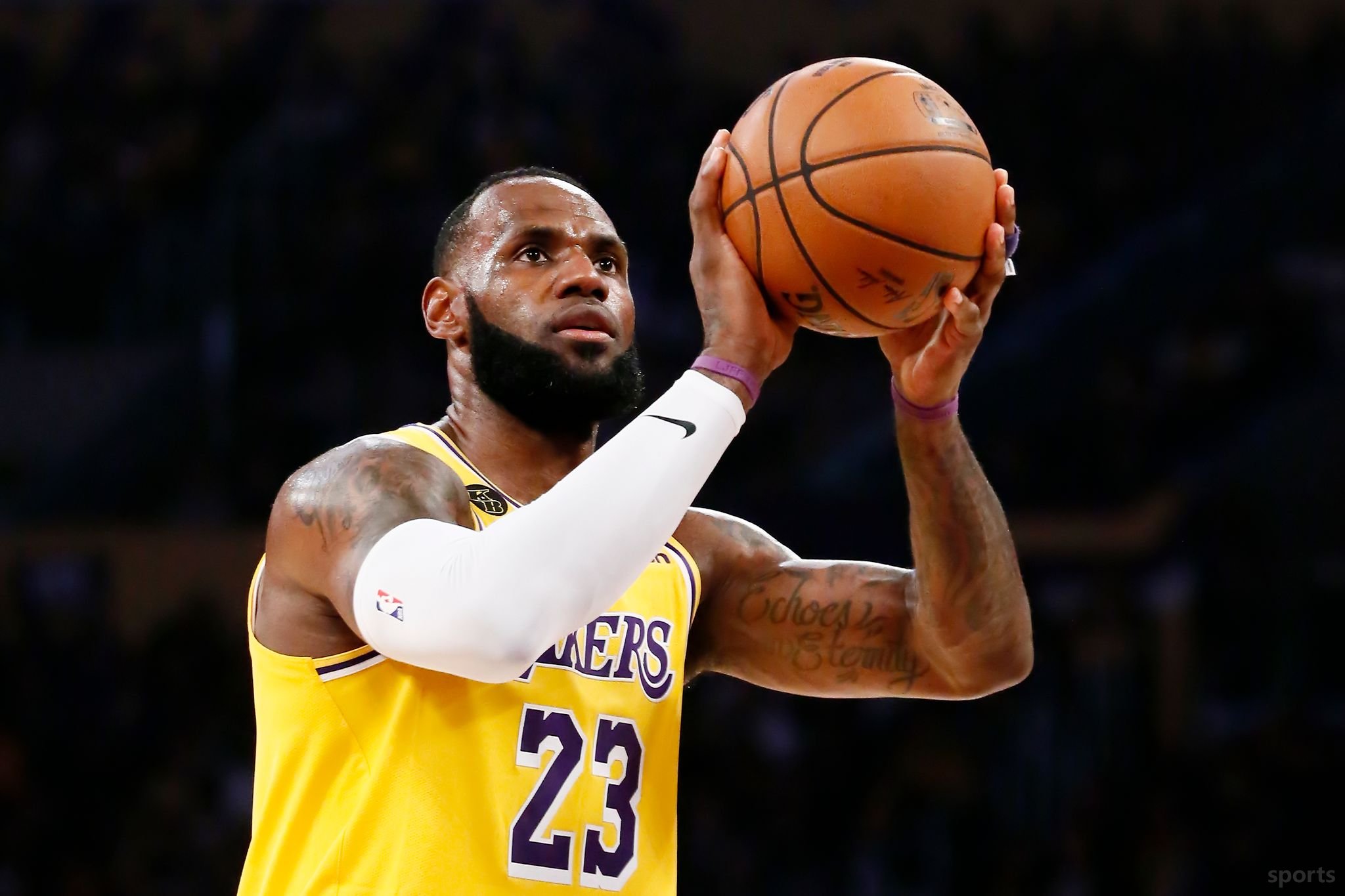
Fifth place: Draymond Green
2016 Finals G7, when Curry and Thompson were strictly guarded by the Cavaliers, Green supported the Warriors with a quasi-triple double-double with 32 points, 15 rebounds and 9 assists. This 2.01-meter-01 "pseudo-center" can switch to James all night and then run to the top of the arc to command traffic - that year, he averaged 6.3 assists per game, 0.5 more than Paul. What's even more terrifying is the defensive data: in 2017, he averaged 2.3 steals and 3.8 blocks per game, directly defending the black and white bears to a total shooting percentage of 39%. Cole said he was a "human-shaped tactical board", but his opponent would rather call him a "trash truck that can pass the ball" - able to launch fast attacks with precise long passes and crush opponents' offenses into pieces with defense.
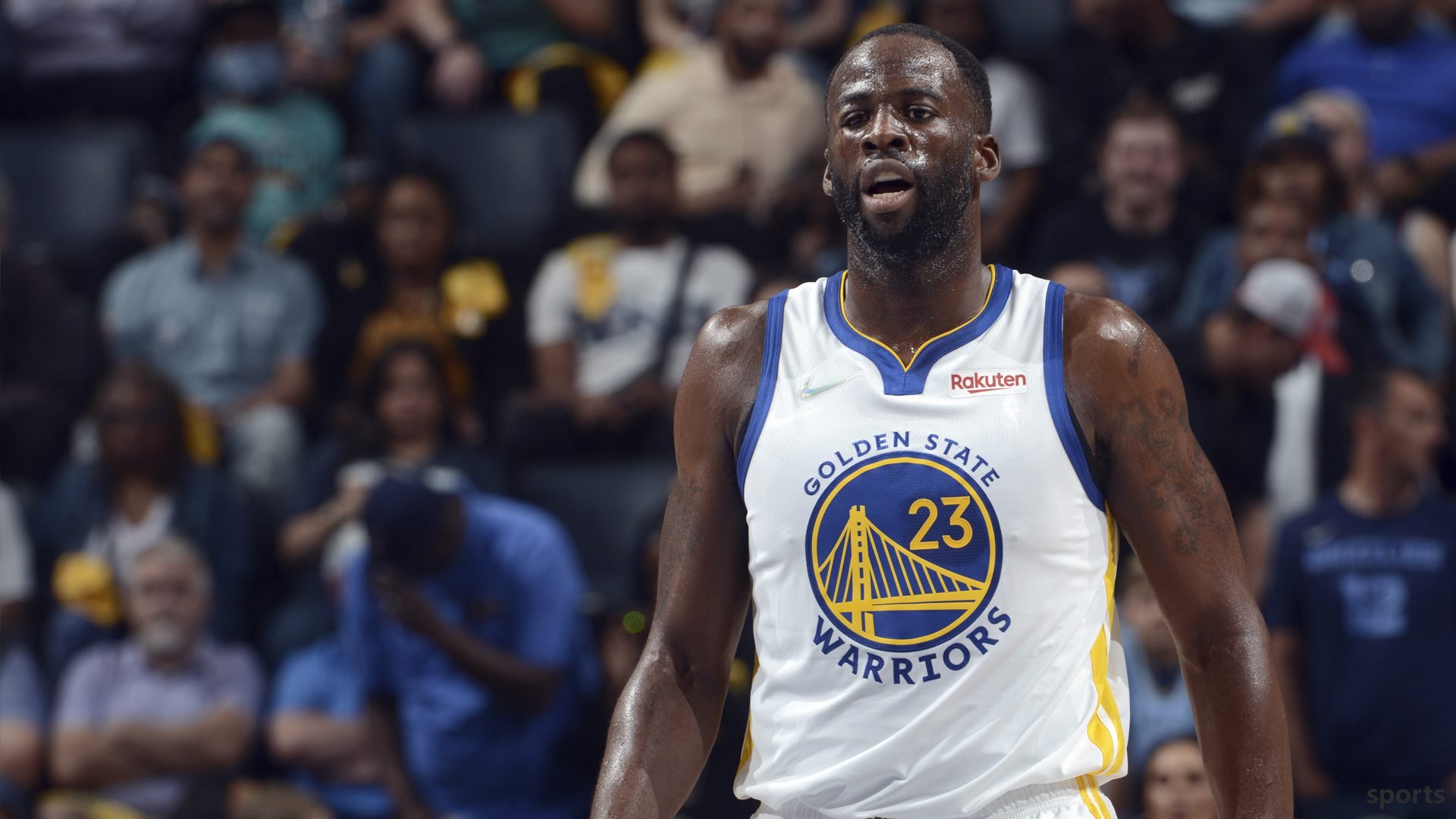
4th place: Scotty Pippen
The season after Jordan retired in 1994, Pippen showed the world his ability to play - averaging 22 points, 8.7 rebounds, 5.6 assists and 2.9 steals per game, and led the Bulls to 55 wins. The most classic is the G5 in the 1991 Finals. Not only did he defend the Magician only score 16 points, but he also contributed 12 assists and 4 steals. This man's omnipotence even changed the NBA's tactical manual: the "triangle offense" of the Bulls is essentially Pippen is the axis in the elbow area, so that Jordan can free up his hands to concentrate on scoring points. In the 1996 finals against the Supersonics, he averaged 15.7 points, 8.2 rebounds and 5.3 assists per game, defending "Gloves" Payton to a shooting percentage of only 41%.
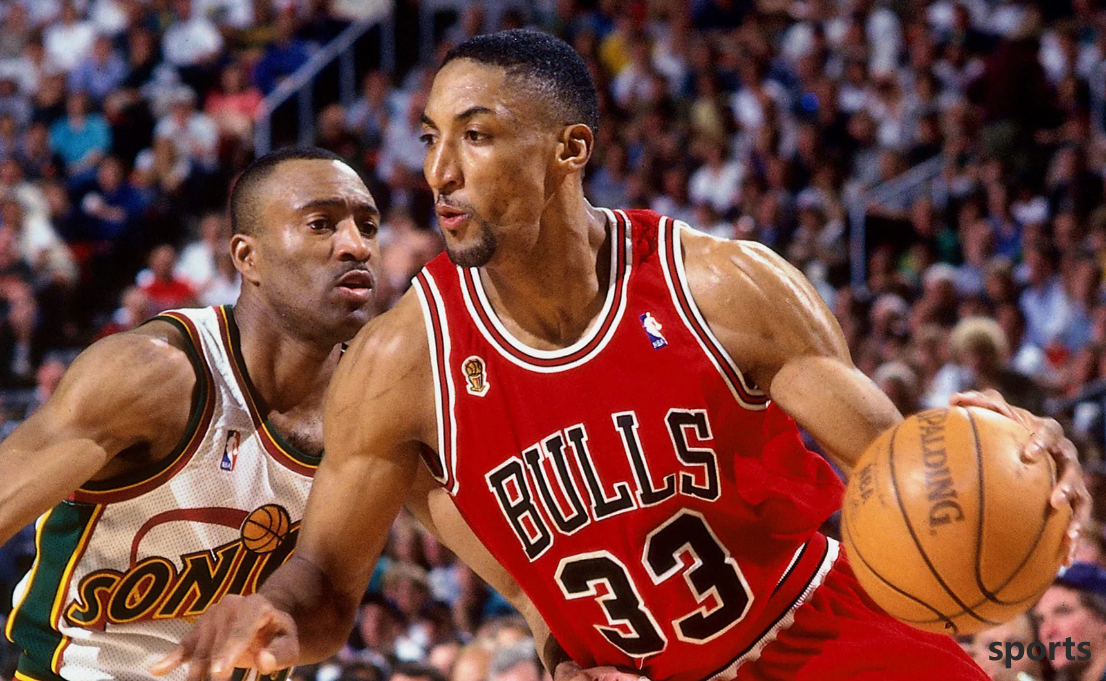
Third place: LeBron James
2020 Finals G5, 36-year-old James scored 40 points, 13 rebounds and 7 assists against the double-team of Butler and Adebayo. This man's versatility has long surpassed the data level - he can score 41 points, 16 rebounds and 7 assists when he fell behind 1-3 in the 2016 Finals, and can also defeat the Pacers with 46 points, 12 rebounds and 5 assists in the first round of the 2018 playoffs. What's even more outrageous is the career span: from becoming the youngest single-game 50-pointer in 2005 to averaging 25+8+8 at the age of 39 in 2024, he redefined the length of his "peak period". In the 2017 Eastern Conference Final G5, when he surpassed Jabbar to become the playoff scoring leader, his opponent Celtic fans stood up and applauded - because this guy just scored 35 points, 15 assists and 8 rebounds on their heads, and he also taught Tatum how to play back.
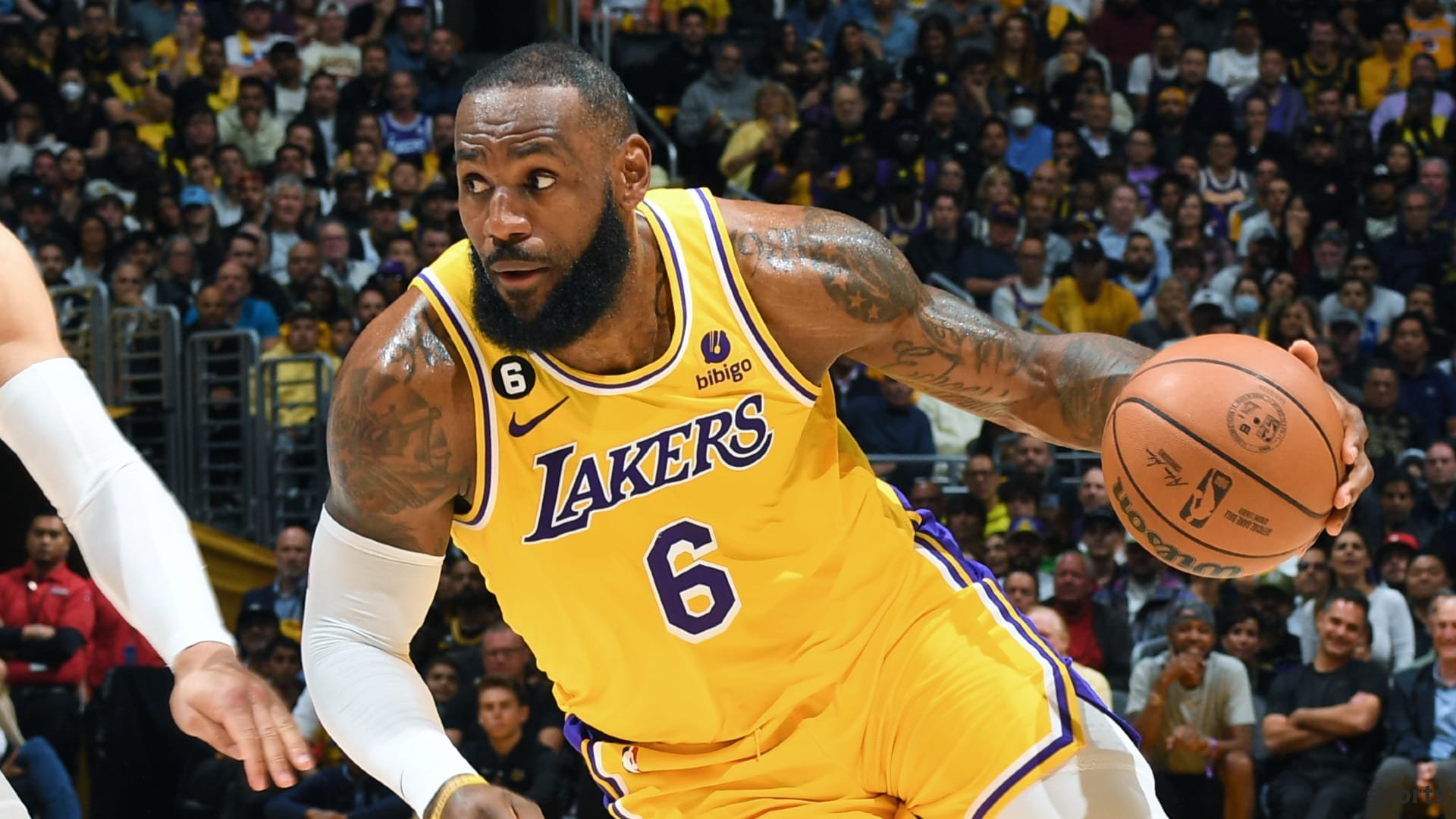
Second place: Magic Johnson
G6 in the 1980 Finals, the rookie Magic replaced the injured Jabbar as the center, scoring 42 points, 15 rebounds and 7 assists. This 2.06-meter point guard can send a half-time pass in a fast break, and can also teach the opponent's center with a hook in the low post. His versatility directly gave birth to the concept of "position blurring" - in the 1987 Finals G4, he first blocked Bird on the defensive end, and then rushed to the frontcourt to make the winning jump shot. Throughout the 1980s, he averaged 11.2 assists and also scored 7.2 rebounds, forcing opponents to invent an inappropriate defensive position like "point guard forward".
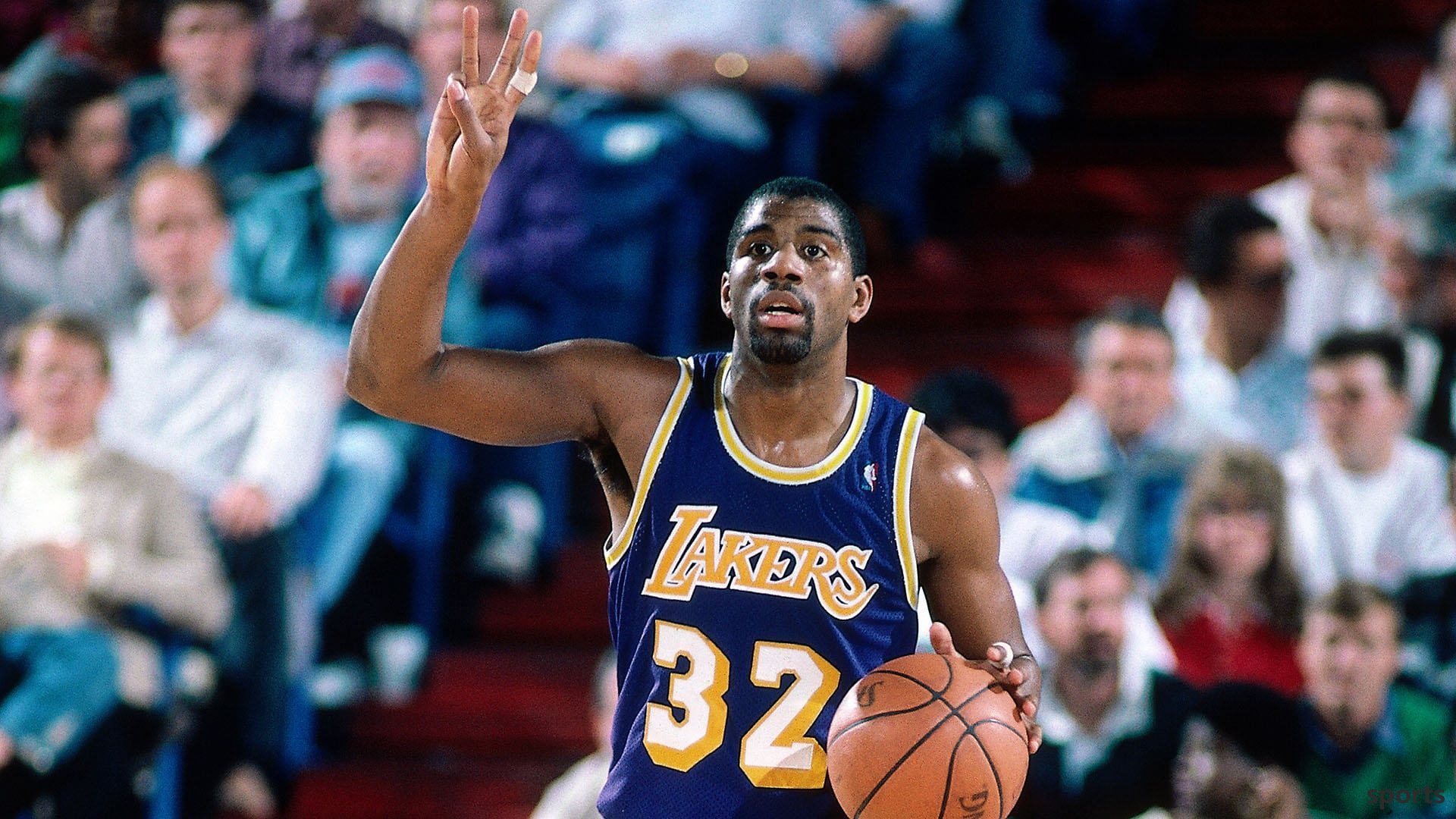
No. 1: Oscar Robertson
On March 24, 1962, the O scored 32 points, 15 rebounds and 20 assists against the Pistons - at that time, the NBA did not even count the blocks. The 1.96-meter point guard averaged 30.8 points, 12.5 rebounds and 11.4 assists in the 1961-62 season, completing an unprecedented season triple-double. The most terrifying thing is that his omnipotence has no shortcomings: in 1963, against the Knicks, he first slapped the opponent's center's hook on the defensive end, then rushed to the frontcourt to make a buzzer-beating three-pointer, and finally intercepted the serve to secure the victory, which took only 9 seconds. Chamberlain once said: "Oscar is playing basketball in the future. The rest of us are still using abacus. He has already used a computer."
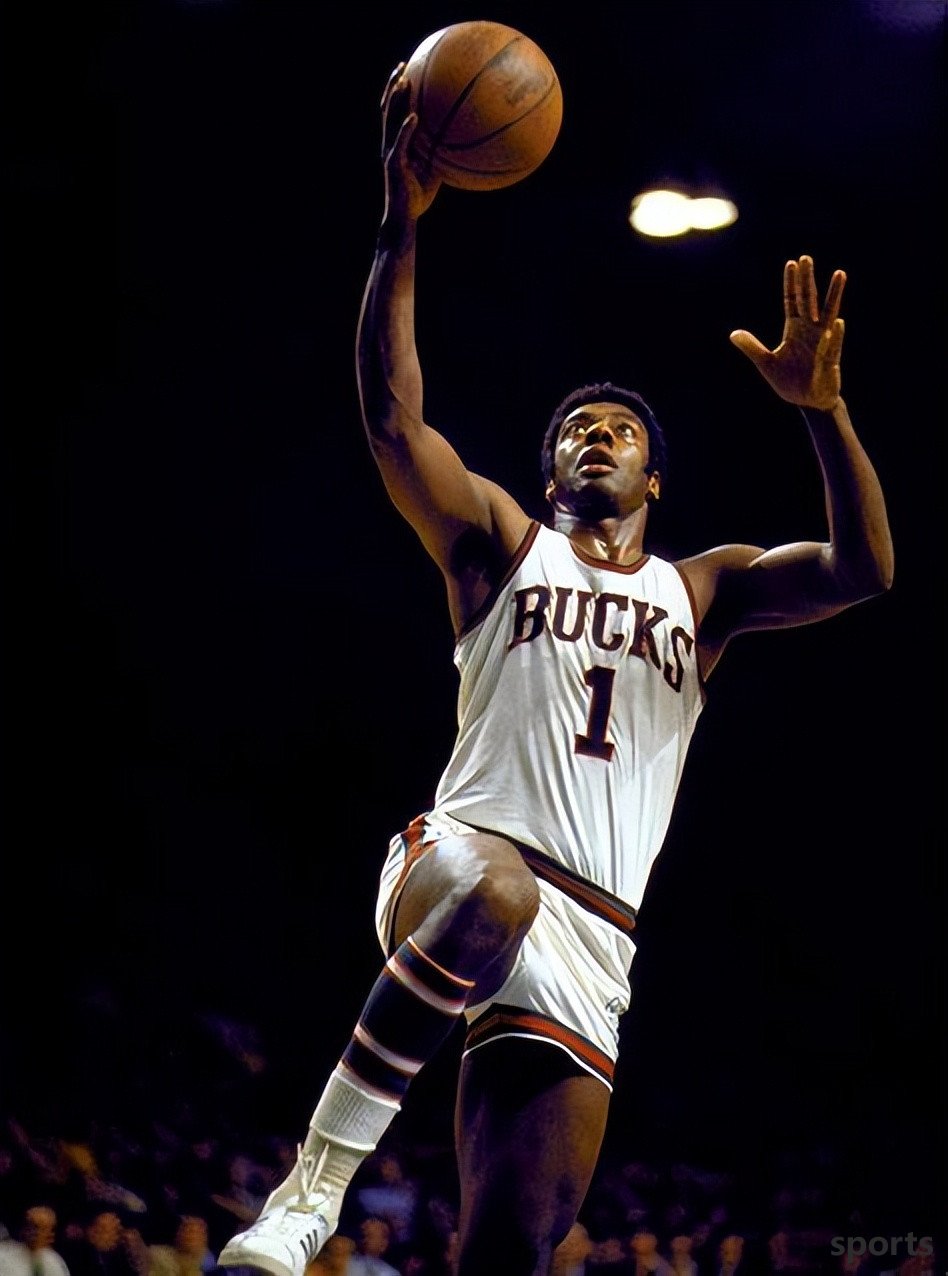
Last:Tyron Lou is a gambler? Durant and George exchange bosses?
Next:NBA history 5 big hexagon warriors, the all-around king who tore the opponent
Related Posts
- Second round of the playoffs: 5 games counterattacks and 2 finals, but the ending is wonderful, the Nuggets Pacers have a championship
- Many teams are still interested in the Jazz inside star. How should they handle his contract?
- Nuggets executive responded to Jokic s refusal to renew his contract: His choice is smart, both of us know
- German men s basketball team wins gold, US media shows 5 winners and 3 losers in European Cup! Rockets Sun Jing still gets praise for winning the silver medal
- Only two wins away from the championship! Now, it s time to give the Pacers enough respect
- Durant trolls netizens online: I’m so sick of you bastards
- Adebayo talks about defense class: His release point is too high, making him take some uncomfortable shots
- The free throw is a failure to the opponent collapse! What is Alexander s ability to make fouls?
- The 4th and 7th league in the league! Congratulations to the Rockets, the two stars join forces and transform into a free throw team next season
